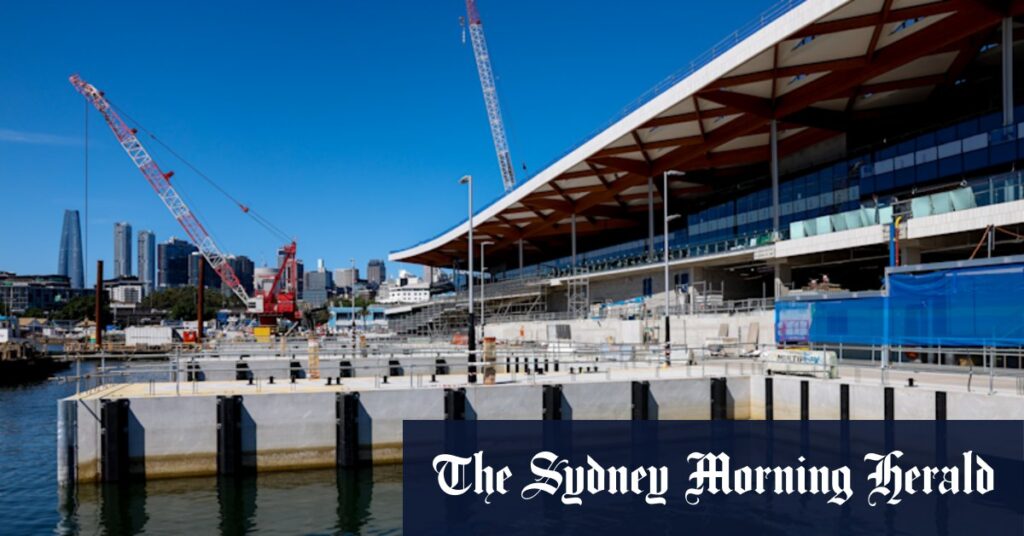Most tenants have refused to sign their agreements to sublease retail space at the new building, raising the prospect of compensation claims if they can prove the new premises are not like-for-like.
“The group continues to negotiate with these tenants,” the report stated.
“This represents normal commercial leasing negotiations, and the board believes it is highly likely that most existing tenants will sign leases in the near term, or that new tenants will be found should agreement not be reached.”
Its only remaining asset that could be sold to maintain liquidity is its annual fishing quota, which it leases out to fishers to ensure that their product is sold at the market’s daily auction.
Former director Bruce Standen, who left the board in 2019, said the quota was not designed to be an income earner, but rather a mechanism to retain supplier loyalty. If the quota were to be sold off, larger suppliers would sell directly to merchants and undermine the role of the market, he said.
“It would be further erosion of the role that the market plays as an intermediary in the price discovery process,” Standen said.
“It would lead to fragmentation.”
Tenants and merchants contacted by the Herald declined to comment publicly.
But two shareholders speaking on condition of anonymity because the market has warned tenants not to speak to the media said there was disquiet about a 23 per cent increase in remuneration to directors and management between 2023 and 2024, given the deterioration in the company’s financial situation.
It came as the market increased the buyer’s fee from 2.2 to 3.5 per cent, due to the rising cost of maintaining the decrepit existing site. The fee is levied on each product bought at the daily auction held by the market, and buyers have loathed it since it was introduced in 2017.
Sydney Fish Market declined to answer detailed questions but made a general statement that the company was “cash flow positive and trading profitably”.
The company’s directors had been on a salary freeze for the past couple of years and that the overall increase for employees was in line with the market, the statement said.
“Our underlying financial result for FY24 is reasonable in a challenging transition year. This is a complex, once-in-a-generation transformation of our business requiring significant investment in advisory and due diligence costs to ensure we are best prepared for the move.
″Furthermore, it is important to note that these accounts represent our financial position 10 months ago and significant progress has since been made. We are trading profitably through the first nine months of FY25.”
The financial statements anticipated that the market would commence operating at the new site by 1 January 2026 at the latest, and would continue to operate at the existing site while it worked towards relocation.
When construction began in 2021, it was expected to be completed by 2024, but COVID work restrictions, wet weather, the collapse of a crane jib and continued haggling over the design of the building have contributed to delays that have seen several businesses driven to the wall.
Sharvain Facades, which engineered the market’s distinctive wave-shaped roof, went into administration last month, attributing its collapse to construction delays.
Read the full article here
